|
LUMINOX
|
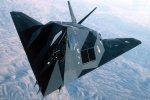 | F-117 Nighthawk series First stealth aircraft in the world, ground-attack aircraft of the U.S. Air Force used mainly in night missions. Christened "Nighthawk" due to its black painted body. Design and development undertaken by the famed Skunk Works team of Lockheed Martin's Advanced Development Programs. Incorporating a passive radar system that uses infrared sensor to detect ground targets, it is reported to have a above 90% hit rate. Flew close to 1,300 sorties during the Gulf War without a single loss. |
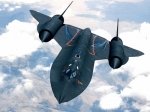 | SR-71 Blackbird series Developed by Lockheed Martin's Skunk Works team, active as a reconnaissance aircraft from 1968 during the Cold War period. To avoid attacks from anti-air weapon systems, developed to be able to fly supersonic at high altitudes. Still holds the unbeaten flight airspeed record at Mach 3.5 (3,500km/h). |
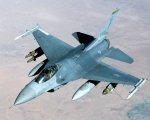 | F-16 Fighting Falcon series Developed during the Cold War to counter Soviet Union's new and powerful MIG fighter aircrafts at that time. Designed to surpass the MIGs in all functional aspects. Since then, it has been used by many NATO countries for many years even till today. Lightweight with excellent maneuverability, it has been exported to 25 countries and holds the record of over 4,400 aircrafts being built. |
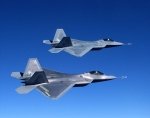 | F-22 Raptor Super-maneuverable aircraft with stealth capability, high versatility propelled by high thrust engines, super-cruise (cruising at supersonic speed) capability without using afterburners. Christened "Raptor" to signify its status as ruler of the sky, thus showing the expectation and pride of the U.S. Air Force. |
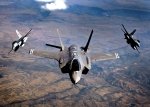 | F-35 Lightning II Fifth generation multirole stealth fighter jet developed to perform ground attack, reconnaissance and air defense missions. Born out of the Joint Strike Fighter (JSF) Program, which is a development and acquisition program intended to replace a wide range of existing attack aircrafts, it is said that compared to legacy fighter aircrafts, the F-35 will be four times more effective in air-to-air combat, eight times more effective in air-to-ground combat, and three times more effective in reconnaissance and suppression of air defenses. |
Return from Lockheed Martin Collection to Luminox